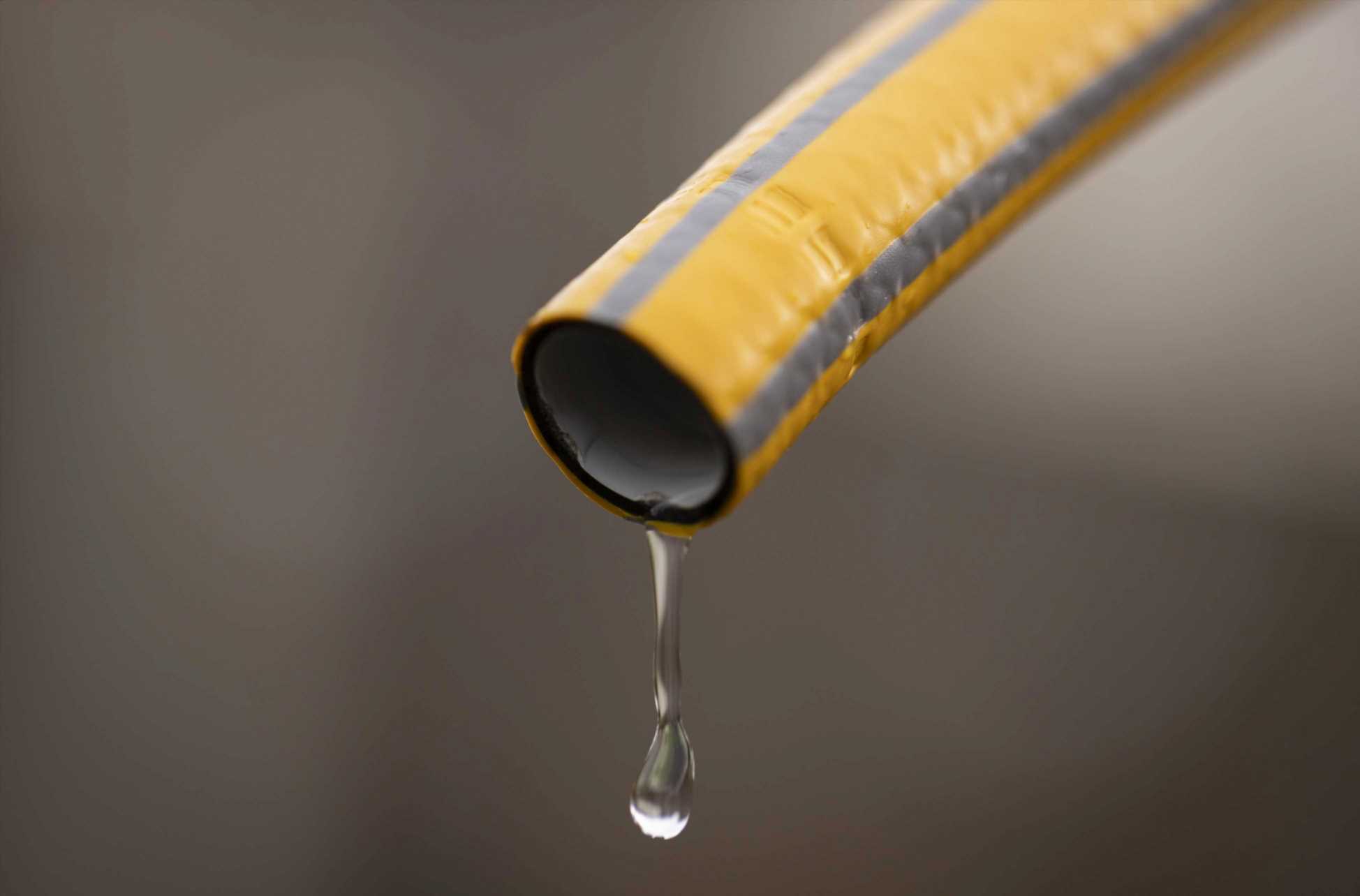A landmark report spearheaded by Ormax Media and Film Companion, and supported by Amazon Prime Video, has revealed an abysmal state of affairs in the on- and off-screen representation of women in India.
The report, in collaboration with the Producers Guild of India and Active Telugu Film Producers Guild, streamers Hoichoi, SonyLIV, Voot and ZEE5, and studios Clean Slate Filmz, Dharma Productions, Emmay Entertainment, Excel Entertainment, Purple Pebble Pictures, RSVP and Sikhya Entertainment, analyzed 150 theatrical films, streaming films and series released in 2021 across eight Indian languages.
Key findings of the report, titled O Womaniya! 2022, include:
• Women have low representation behind-the-camera. Only 10% head of department positions (HODs) across key divisions (production design, writing, editing, direction and cinematography) are held by women. Out of the 56 theatrical films analyzed across multiple languages, not one was directed or edited by a woman. In media and entertainment corporations only 10% of senior leadership roles were held by women.
•Only 55% of the films and series passed the Bechdel Test. In promotional trailers women had only 25% talk time, with 48 titles allocating 10 seconds or less to female characters.
•The percentage of female HODs doubled when a woman was responsible for greenlighting a series or a film. Similarly, a higher percentage of films passed the Bechdel Test (68%) and women had higher trailer talk time (35%) if the title was commissioned by a woman.
•Streaming films and series scored better than theatrical films across all parameters, indicating the ongoing change the sector is ushering in female representation on- and off-screen. Representation of female HODs in streaming films and series was five times higher than theatrical films. Similarly, 64% of streaming series and 55% of streaming films passed the Bechdel Test, while more than half of theatrical films failed it. Likewise, streaming films and series provided more talk time to female characters in trailers, leading theatrical films by 10 percentage points and 14 percentage points respectively.
Shailesh Kapoor, founder-CEO, Ormax Media, said: “While it’s no surprise that female representation in mainstream entertainment is low, the degree of skew, such as 10:90 on some key parameters, should be a wake-up call. While streaming titles, especially series, are more women-inclusive in on- and off-screen representation, theatrical films continue to perform very poorly, and in fact, have shown no positive growth at all since the previous report, which covered content released in 2019 and 2020. We hope that this report serves as a starting point for the industry to come together and discuss ways to address the evident imbalance.”
Anupama Chopra, a former Variety contributor, and founder and editor of Film Companion, said, “Data is essential to understanding how drastically skewed the gender equation in the Indian film industry is. O Womaniya! provides us with the starting point for discussion and debate. We will continue to build this momentum and hopefully lead the way to change.”
Aparna Purohit, head of India originals, Amazon Prime Video, added: “Streaming has given voice to more female storytellers resulting in an increase in stories that are driven by female characters with agency. At Prime Video, we have rolled out an inclusion policy playbook that has institutionalized certain guidelines to ensure just female representation on- and off-screen. These range from mandatory female representation in writers’ rooms, and evaluating every script on specific parameters. I am certain that streaming is going to further lead the charge on diversity, equity and inclusivity in Indian entertainment.”
The report was also supported by actor Vidya Balan, who has featured in female-led stories across theatrical and streaming films like “The Dirty Picture,” “Kahaani,” “Tumhari Sulu,” “Shakuntala Devi,” “Sherni” and “Jalsa.”
Balan said: “The report indicates that we still have a lot of ground to cover. And this can only happen when we have more women in the boardrooms, prompting change right at the heart of decision-making. As female actors in positions of influence, we need to push for more female representation behind the camera in order to have more sensitive, authentic and relatable representation in front of it too.”
Sunitha Rangaswami, an independent consultant on gender and women’s economic empowerment, provided counsel on making the Indian entertainment industry more inclusive for women.
Read More About:
Source: Read Full Article


